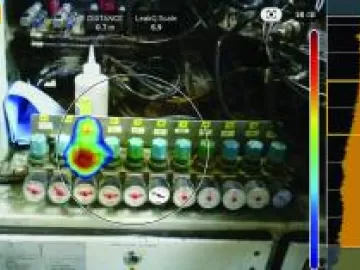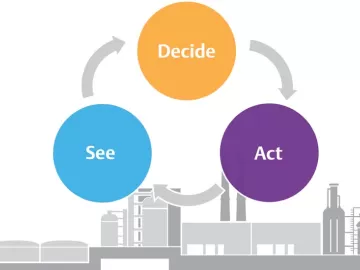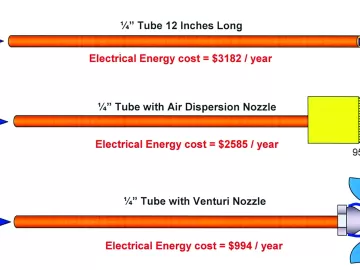Nitrogen Characteristics and Benefits of On-Site Generation
Modified Atmosphere Packaging (MAP) accounts for a significant amount of nitrogen usage in the food and beverage industry. MAP involves injecting nitrogen into beverage or food packaging to purge and displace any oxygen-containing air with nitrogen. Oxidation of lipids in food products causes rancidity. Since oxygen is replaced with dry, inert nitrogen in MAP packaging, no product oxidation will occur. The result is maximized product shelf life.












